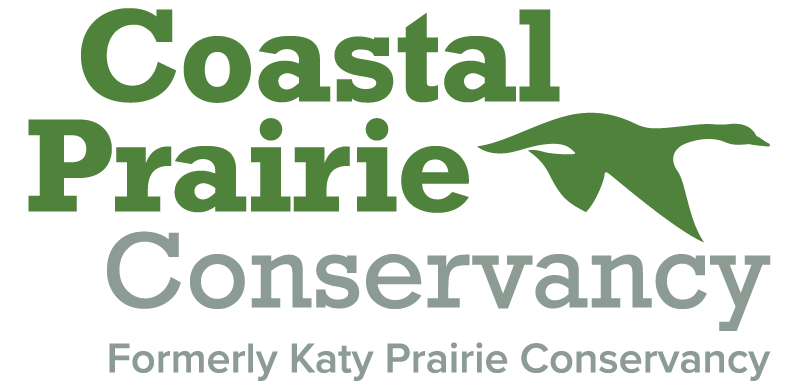Little Bluestem’s Adaptable Beauty
The Coastal Prairie Conservancy has collaborated with HNPAT and Clark Condon to create the 9 Natives program, which helps to promote the value of native plants for pollinators and makes native gardening more accessible for newcomers. By bringing bits of the prairie into the city, individuals and families can help support pollinators and learn about the historic coastal prairie landscape. CPC has also produced a video and supporting materials that demonstrate how to create a pollinator garden and how this will make a difference for local wildlife throughout the city.
Whether you have a backyard or live in an apartment or townhouse with limited yard space, the 9 Natives for Sun and 9 Natives for Shade can bring natural beauty to your surroundings without requiring a lot of maintenance. This month, we’re thrilled to cover the enchanting little bluestem (Schizachyrium scoparium), a native grass that brings beauty and versatility to gardens, green spaces, and pocket prairies.
Little bluestem is a native grass known for its ornamental appeal and ability to thrive in diverse growing conditions. With its slender, upright stems and attractive bluish-green foliage that transitions to a warm bronze or reddish hue in autumn, this grass adds seasonal interest to any garden. Little bluestem grass was a dominant component of the historic tallgrass prairies that once covered vast areas of North America.
Photo Courtesy of Carolyn Fannon, Lady Bird Johnson Wildlife Center
Little bluestem thrives in full sun, making it an ideal choice for spaces that receive ample sunlight. Aim for a location that provides at least 6 to 8 hours of direct sunlight per day to ensure optimal growth and vibrant foliage color. This species is adaptable and can grow in a variety of soil types, including sandy or clay-rich soil. It prefers well-draining soil but can tolerate occasional dry spells once established. If your soil is compacted or heavy, amending it with organic matter such as compost can improve drainage and enhance overall soil health.
Little bluestem can be started from seeds or obtained as young plants from local nurseries or native plant suppliers. If starting from seeds, sow them directly into the soil in spring or early summer, following the recommended depth and spacing. Keep the soil consistently moist until germination occurs. If using transplants, dig a hole slightly larger than the root ball, place the plant in the hole, and backfill with soil, gently firming it around the base in mid-summer through early fall. Water the transplants thoroughly after planting to aid in their establishment.
Little bluestem offers a range of benefits that make it a valuable addition to your urban garden:
Ornamental appeal: The slender stems and bluish-green foliage of little bluestem create an attractive presence in your garden, adding texture and visual interest.
Seasonal interest: During autumn, the foliage transforms into warm shades of bronze and red, providing a stunning display of color.
Drought tolerance: Once established, little bluestem exhibits excellent drought tolerance, making it a resilient choice for urban environments with limited water resources.
Wildlife habitat: The dense growth of little bluestem provides cover and nesting sites for small wildlife, while the seeds serve as a food source for birds, adding biodiversity to your garden.
Erosion control: The deep, fibrous roots of little bluestem help stabilize soil, making it an excellent choice for erosion-prone areas or slopes.
Little bluestem’s drought tolerance, seasonal beauty, and erosion control capabilities make it an excellent native plant to use in your garden, green space, or pocket prairie. This concludes our collection of articles for CPC’s 9 Natives for Sun. Stay tuned for our next article, where we'll introduce the first 9 Native for Shade, Cherokee sedge!


